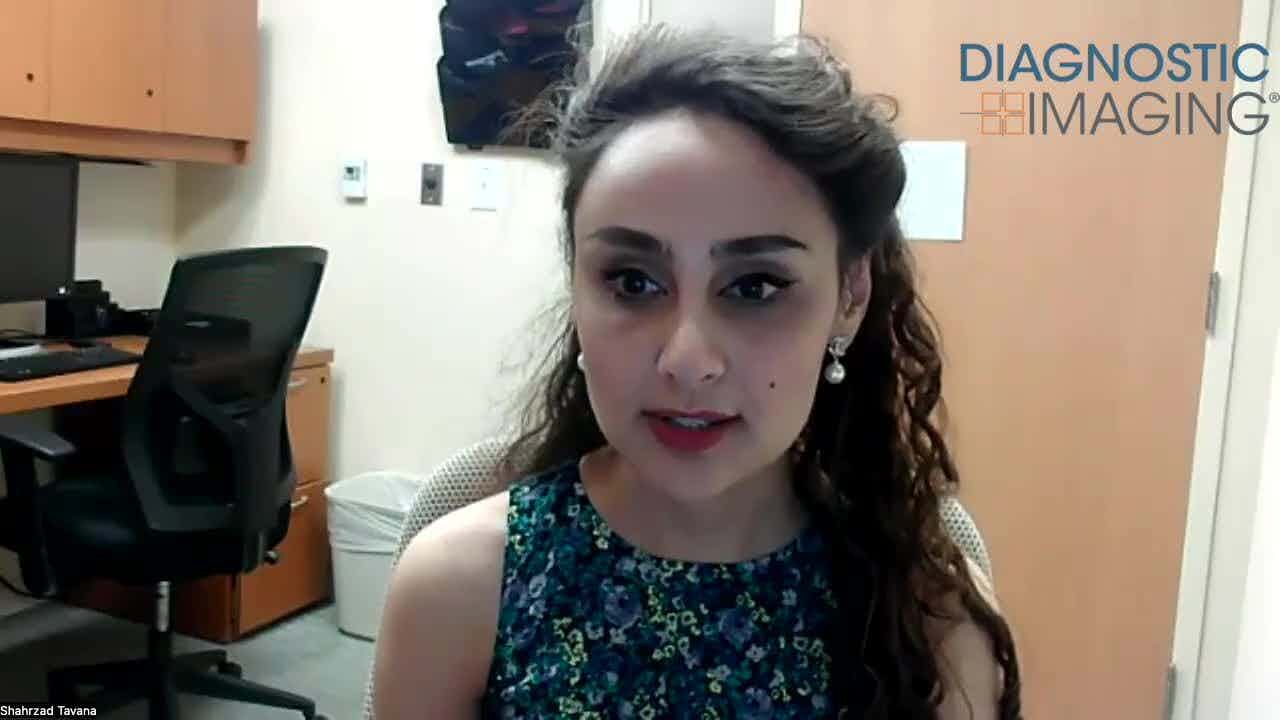Cardiac MRI Shows Less Myocarditis in Athletes Post-COVID-19 Than Previously Reported
New study, comparing recovered athletes to healthy controls, reveals a lower level of myocarditis that previously published research, but cardiac MRI is still important for safe return-to-play decisions.
In a contradiction of research results published this past summer, cardiac MRI shows that heart muscle inflammation in athletes who have recovered from COVID-19 is not as common as previously believed.
In a study published by the American Heart Association, Vanderbilt University Medical Center researchers found that only a small number of athletes among the 59 evaluated suffered lingering cardiac effects. The results will be published in the February Circulation.
“The degree of myocarditis found by cardiac MRI in Vanderbilt athletes was only 3 percent, which is really good news,” said first author Dan Clark, M.D., MPH, a cardiovascular medicine instructor at Vanderbilt. “Since our first evaluation, we have screened almost double that number and the same findings are holding true.”
Previous studies, published in September 2020, reported as many as 15 percent of athletes who recovered from the virus experienced myocarditis.
In this study – the COVID-19 Myocardial Pathology Evaluation in AthleTEs with Cardiac Magnetic Resonance (COMPETE CMR) – Clark’s team compared COVID-19-positive athletes with 60 healthy controls. It is the first study to include healthy controls to assess athletes post-COVID-19.
Related Content: Cardiac MRI Reveals Myocarditis in Competitive Athletes Recovered from COVID-19
And, the outcome of the study shows the degree of myocarditis present in recovered athletes was much lower than earlier reports.
“The differences in the findings are extremely important,” he said. “The whole world paused after seeing the alarmingly high rates of myocardial inflammation and edema initially published.”
But, while this is a bright spot of news because the cardiovascular impacts of COVID-19 have been well documented, the study did present some negative results. None of the screening tests evaluated were effective in pinpointing which athletes had myocarditis – and none of those athletes had exhibited any symptoms of the virus.
It was a let-down, Clark explained, because he and his team were hopeful that standard screening tests would be definitive, limiting the need for cardiac MRI to the most necessary instances.
“However, their blood work, clinical exams, EKG, echocardiograms, and other cardiovascular screening were normal,” he said. “All of those traditional screening results would have led us to agree to allow some athletes to participate in a sporting event or practice, while the MRI told a different story.”
Related Content: Cardiac MRI Reveals Post-Recovery Heart Damage in 78 Percent of COVID-19 Patients
Alongside the myocarditis findings, the team also found a higher level of scarring in healthy heart muscle than they anticipated. After comparing the cardiac MRI scans with those from healthy controls, however, they found a relatively similar level of scarring – 24 percent of COVID-19-positive athletes and 27 percent of health controls. The benign scarring, Clark said, is a result of athletic remodeling that is common among athletes.
“This particular piece of information is very important to share – myocarditis after COVID-19 tends to be in a similar spot,” he said. “Without the knowledge that this area of scarring is common in healthy athletes, clinicians could attribute the scarring to consequence from COVID-19. Those assumptions might unnecessarily restrict some athletes from competition.”
Consequently, he said, adding cardiac MRI into the mix as an assessment tool can make it easier to draft safe return-to-play guidelines.
“Myocarditis among recovering COVID-19 athletes is less common than previously reported,” Clark said. “We also want to highlight that the comparison to healthy athletic control group without COVID is critically important to show that many changes on a cardiac MRI are related to athleticism and not COVID-19. However, despite the lower incidence of myocarditis than expected, cardiac MRI remains a very useful tool for evaluating competitive athletes prior to a return to sports.”
For more coverage based on industry expert insights and research, subscribe to the Diagnostic Imaging e-Newsletter here.
MRI Study at ARRS Raises Questions About Disparities in Detection of MASLD
May 3rd 2025New research revealed that Hispanic Americans with evidence of hepatic steatosis on MRI but no formal diagnosis of MASLD had over a fourfold higher risk of developing hepatocellular carcinoma in comparison to those who had a formal diagnosis of MASLD.
FDA Clears MRI-Based AI Segmentation of Organs at Risk During Radiation Therapy
May 2nd 2025Capable of segmenting over 37 organs and structures in the head, neck and pelvis, the MR Contour DL software is currently being showcased at the European Society for Radiotherapy and Oncology (ESTRO) conference.










